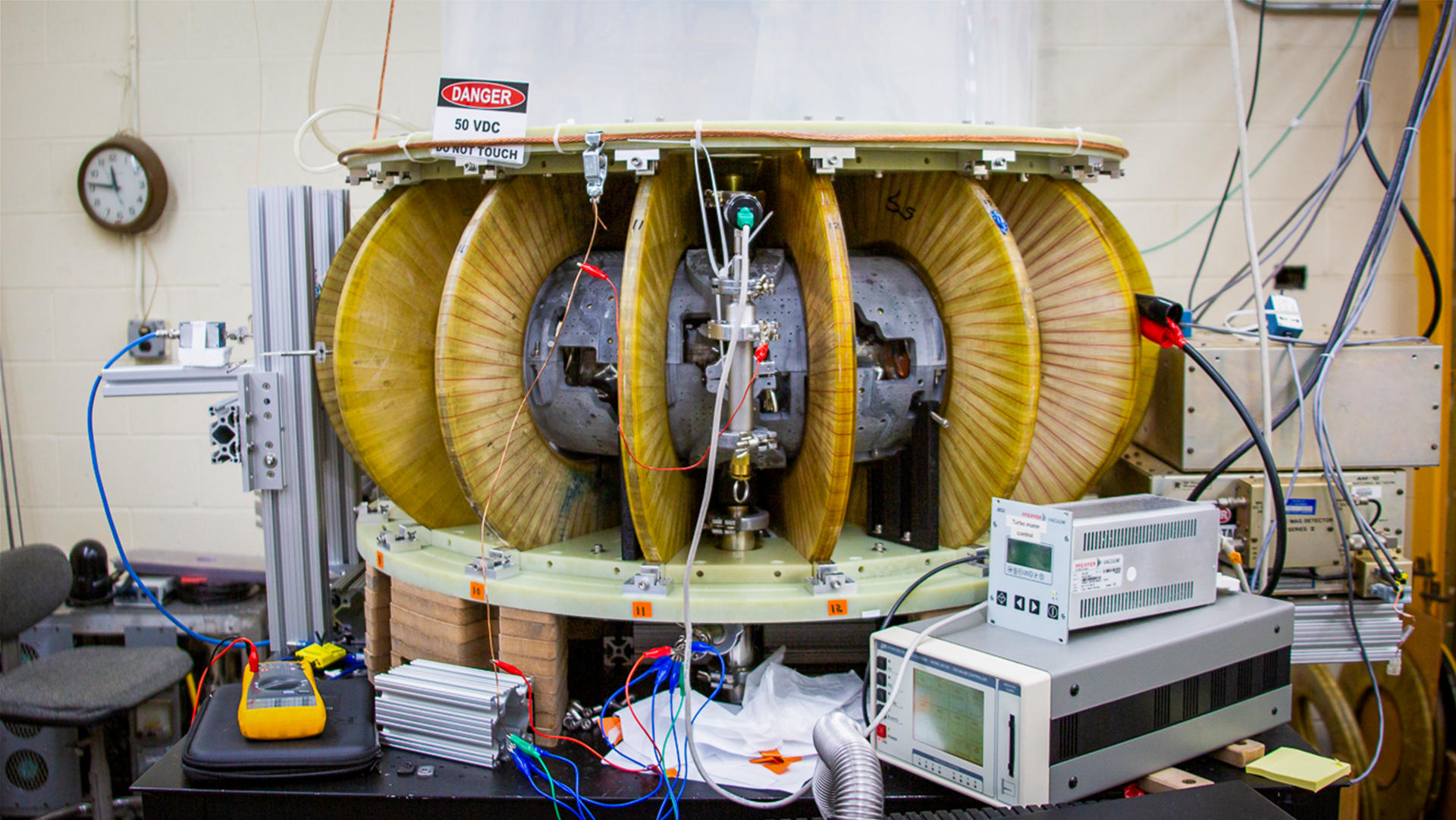Scientists have built an experimental nuclear fusion reactor using ordinary magnets. This could make future reactors much cheaper.
Researchers from the US Princeton Plasma Physics Laboratory (PPPL) have developed a new design for a star-shaped fusion reactor.
A stellarator is a type of nuclear fusion reactor that traps and stabilizes plasma using complex magnetic fields. Unlike a tokamak, a design in which the plasma is confined to a toroidal chamber, stars use a complex three-dimensional magnetic configuration to hold the plasma in place.
Key: cheap magnet
Until now, the complex electromagnets used in stars had to be manufactured. This is very expensive, which is one of the reasons scientists usually choose the tokamak design. To build the PPPL reactor, called MUSE, the team took a different approach. Instead of custom-made magnets, the researchers were able to incorporate permanent magnets into the design.
Permanent magnets naturally exhibit magnetic properties. Electromagnets, on the other hand, must be powered to exhibit such properties. Moreover, permanent magnets can simply be purchased from the market. According to PPPL This not only makes building the reactor cheaper, but easier.
The team is now preparing to conduct experiments to see if the design actually works. If that turns out to be the case, this could bring commercial nuclear fusion a step closer. However, MUSE will never be connected to the grid, because it is a small experimental reactor. The technology being developed may later find its way into future reactors.
What exactly is nuclear fusion?
Nuclear fusion is a nuclear process in which the nuclei of light elements, such as hydrogen, fuse to form heavier elements, releasing massive amounts of energy. This process occurs under extremely high temperatures and pressures, such as those found in the interior of stars. On Earth, people are trying to mimic this process by fusing deuterium and tritium, both isotopes of hydrogen, in a reactor to create helium.
This technology has the potential to become a clean, safe and almost inexhaustible source of energy. Unlike nuclear fission, which splits heavy isotopes such as uranium and produces radioactive waste, nuclear fusion does not produce long-lasting radioactive waste and fuel is abundant. However, it has proven extremely difficult to build an effective fusion reactor, but the technology is making slow progress.
Read more about energy and stay informed with our newsletter.

“Total coffee specialist. Hardcore reader. Incurable music scholar. Web guru. Freelance troublemaker. Problem solver. Travel trailblazer.”







More Stories
GALA lacks a chapter on e-health
Weird beer can taste really good.
Planets contain much more water than previously thought